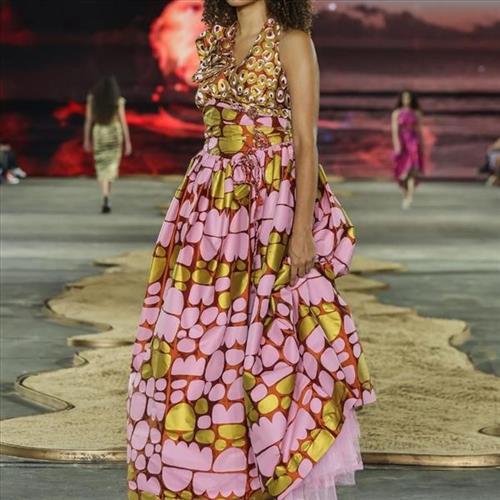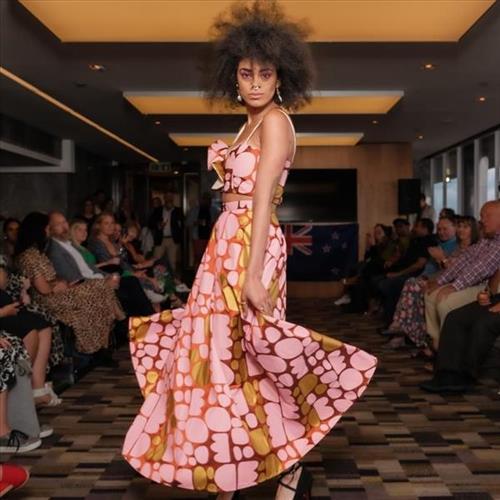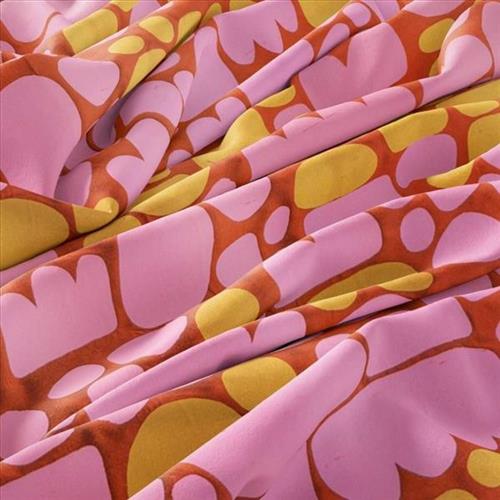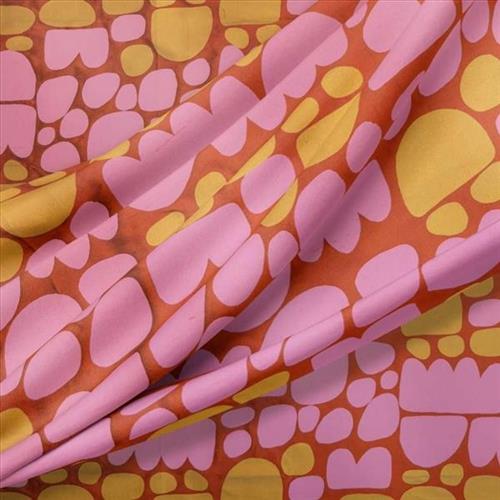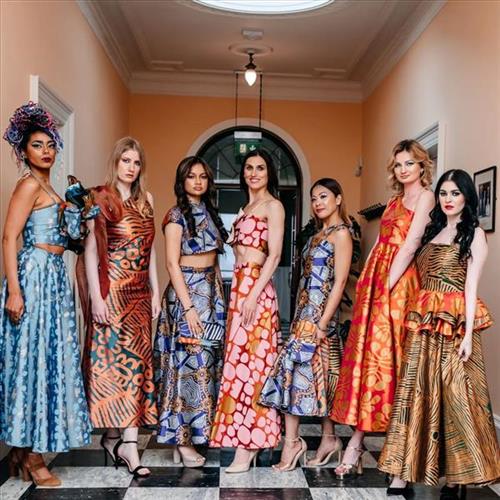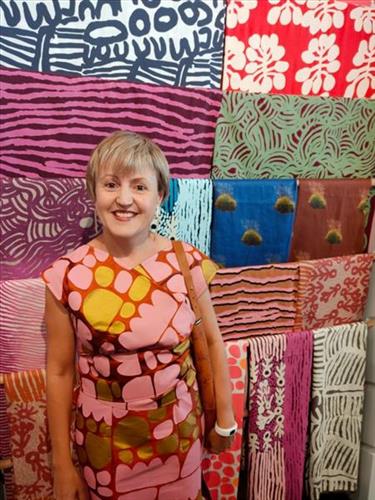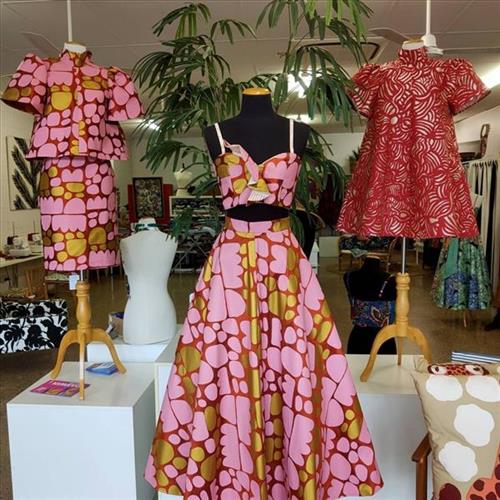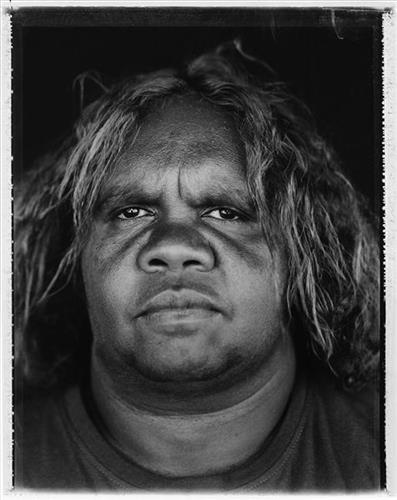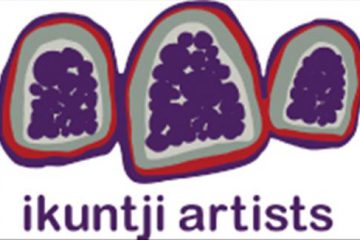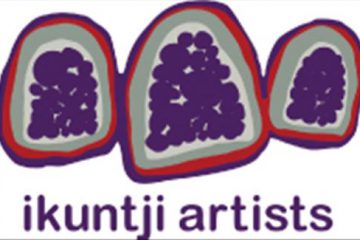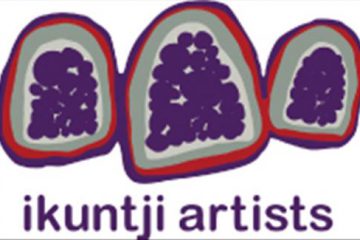22023999970
Status: Stock
Puli Puli Fabric – Pink and Gold on Burnt Orange (Silk) 50cm
This design by Keturah Zimran depicts the natural rock formations (puli) found in and around Haasts Bluff.
This fabric has been screen printed by hand by Publisher Textiles and Papers, ensuring the highest quality and longevity.
About the printers:
Publisher Textiles & Papers is one of Australia’s leading print houses. Focused on producing original patterns through traditional hand-screen printing methods we create bold and colourful textiles, hand printed wallpaper, clothing and fabric.
Our fabric is printed in small batches and is available in pre-cut lengths on the website, which we update regularly. For larger quantities, please email us to discuss pre-orders.
Fabric details:
This fabric is by continuous metreage going up in 50cm increments, priced at $170 per metre.
For 1m, please add 2 x 50cm to your cart and it will be cut as a continuous length ($170 for 1m).
For 2m, please add 4 x 50cm to your cart and it will be cut as a continuous length ($340 for 2m).
For 3m, please add 6 x 50cm to your cart and it will be cut as a continuous length ($510 for 3m).
Princess Silk (Dupion)
100% Silk M/Woven 120 reed Dupion 137cm (highest quality weave)
Princess Silk is of the highest quality silks, with 120 reed woven dupion. Dupion fabric is tightly woven with different sized weft and warp threads which gives it a textured appearance and highly-lustrous surface. The fibres are yarn dyed separately and then machine woven to make the fabric. Many colours are yarn dyed woven with different coloured warp and weft threads, giving an iridescent look.
Recommended care instructions: always dry clean for silk dupion. Hand washing the fabric will cause it to lose that stiffness or crispness to the fabric.
